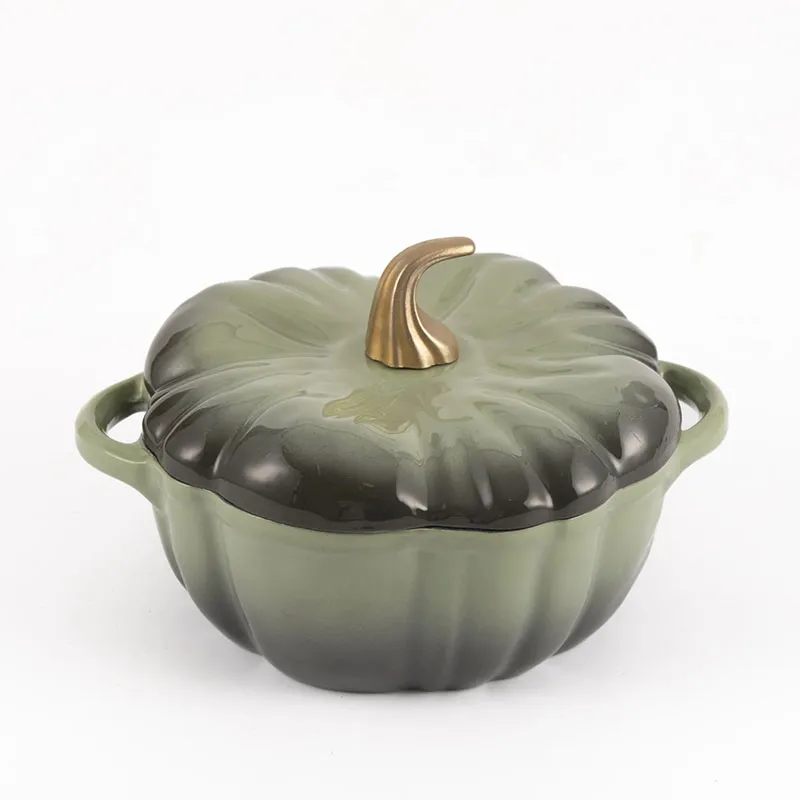
Exploring the Versatility and Benefits of a Dutch Oven in Cooking
What is a Dutch Oven?
A Dutch oven is a versatile and heavy-duty cooking pot, typically made of cast iron, although some modern variations are available in materials like aluminum or ceramic. Renowned for its heat retention and even cooking capabilities, the Dutch oven has become a staple in kitchens around the world. Its thick walls and tight-fitting lid create an ideal environment for both slow-cooking and baking, making it a preferred choice among chefs and home cooks alike.
History and Origins
The name Dutch oven dates back to the 18th century, with the term believed to have originated in the Netherlands, where a specific method called sand casting was used to create highly durable iron cookware. The popularity of Dutch ovens grew in England when they were first imported from the Netherlands, particularly around the time of the Industrial Revolution. The design was adapted in England, leading to the development of the cast-iron version we commonly use today.
Features and Design
Dutch ovens come in various sizes, typically ranging from 2 to 7 quarts, making them suitable for everything from a small soup to a large stew. The most common feature is the heavy lid, which fits snugly and traps moisture, allowing food to tenderize beautifully. Many versions are enameled, which not only facilitates easy cleaning but also prevents rusting and eliminates the need for seasoning the pot regularly.
The thick cast iron construction allows for exceptional heat retention, making it suitable for various cooking methods, including braising, roasting, frying, baking, and even slow-cooking. Some Dutch ovens are designed for stovetop use and can even be utilized in the oven, while others can be placed directly over an open flame, making them perfect for camping and outdoor cooking.
dutch oven what is

Culinary Uses
The versatility of the Dutch oven makes it a favorite among many cooks. It is ideal for making hearty soups, stews, and casseroles; the even heat distribution ensures that food cooks uniformly without burning. Additionally, Dutch ovens are excellent for baking bread, as they can create a steamy environment that mimics a professional bread oven.
One of the most beloved uses of a Dutch oven is for making chili or braised meats that require a longer cooking time. The heavy lid helps keep the moisture in, allowing flavors to meld beautifully. Whether it's a rich beef stew simmering on the stove or a crusty loaf of sourdough bread in the oven, the results are consistently rich and satisfying.
Care and Maintenance
Proper care is essential for maintaining a Dutch oven's performance and longevity. If you have a bare cast iron version, it should be seasoned and cleaned with care to prevent rust, while enameled variants can be washed with soap and water. Avoid using metal utensils to prevent scratching the enamel coating, and be sure to store it in a dry place to prevent moisture buildup.
Conclusion
In summary, the Dutch oven is much more than just a cooking pot; it is a culinary powerhouse that has stood the test of time. With its rich history and unparalleled versatility, it continues to be a cherished kitchen companion for both novice cooks and seasoned chefs. Whether simmering a hearty meal or baking artisan bread, a Dutch oven is undoubtedly a must-have for any kitchen.
-
Authentic Traditional Chinese Wok for High-Performance CookingNewsAug.02,2025
-
Season Cast Iron Perfectly with GPT-4 Turbo TipsNewsAug.01,2025
-
High Quality Cast Iron Cookware - Baixiang County Zhongda MachineryNewsAug.01,2025
-
Premium Cast Iron Pan: Durable & Perfect HeatNewsAug.01,2025
-
High Quality Kitchen Durable Black Round Cast Iron Cookware Pancake Crepe Pan-Baixiang County Zhongda Machinery Manufacturing Co., Ltd.NewsAug.01,2025
-
Cast Iron Cookware - Baixiang County Zhongda Machinery | Nonstick, Heat ResistanceNewsAug.01,2025


